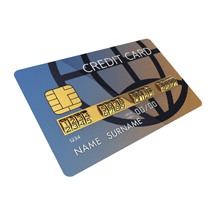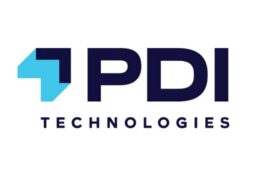 The cost of technology for EMV card readers is greater than the rewards.
The cost of technology for EMV card readers is greater than the rewards.
Many small business owners are disappointed that they are being pressured to make expensive technology investments as banks switch to chip-and-signature cards. The investment itself would not be so disappointing if the new technology offered maximum security to consumers, but it does not, because PINs are not required. A gift shop owner told Congress that making the change to chip-and-signature credit cards has been “overwhelming.”
“The EMV transition is overwhelming and expensive for an independent, small retailer,” said Keith Lipert, owner of The Keith Lipert Gallery, a single-location, three-employee store in Washington. “Small retailers are entirely at the mercy and whims of the big players. We have no say and no way to use the marketplace to make our objections heard and our concerns valued.”
“EMV is all new to me, and banks and the networks are not contacting small businesses to help the transition in any way,” Lipert said. “No one from my bank, processor or existing supplier even contacted me about the need to add a new EMV device, let alone a deadline by which to do so.”
Lipert testified on behalf of the National Retail Federation before the House Small Business Committee during a hearing on how Europay MasterCard Visa cards will affect small businesses. The hearing follows this month’s deadline set by the card industry for merchants to install chip-card readers or face increased fraud liability if a chip card is used in a non-chip reader.
Lipert said a key concern is that the EMV cards being issued by banks in the U.S. are chip-and-signature cards rather than the chip-and-PIN cards used in virtually all other countries where EMV cards are used. He cited Federal Reserve statistics showing that using a secure, secret personal identification number to approve transactions is seven times more secure than an easily forged and often-illegible signature.
“We find it extremely frustrating that the card industry expects retailers and other businesses to upgrade when it will not allow the U.S. to adopt the most secure form of this technology – chips with PINs,” Lipert said.
Lipert said small businesses in particular are seeing “significant delays” in obtaining chip card readers or getting them certified once they are installed.
“Small business updates are simply not a priority for the hardware manufacturers, the software providers or the certification entities,” he said. “I asked my payment technology rep when I could expect new devices if I ordered it this month and was told the equipment is on backorder.”
With each chip card terminal costing as much as $2,000 when installation, software and other expenses are included, Lipert said the price is “extremely high.” And without PIN, “it makes little sense in any serious customer protection or basic return-on-investment analysis.”
While the chips make the cards more difficult to counterfeit, Lipert said they do nothing to protect lost or stolen cards, while a PIN alone could prevent all three types of fraud.




